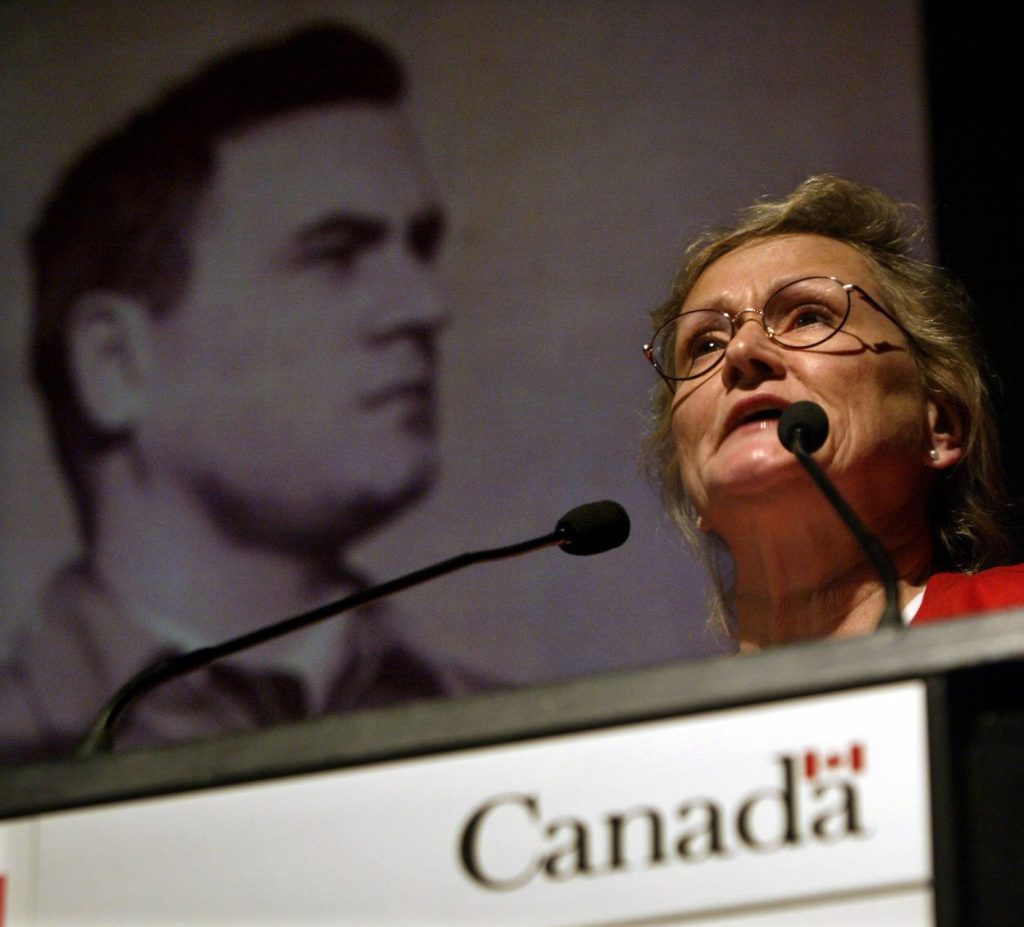In the early 1960s, the revelation that British spy Kim Philby had been working for Moscow alarmed Canadian intelligence officials. They feared that Philby had potentially betrayed vital information obtained from Soviet defector Igor Gouzenko, as revealed by once-secret archival records. Philby, a prominent figure in British intelligence, was recruited by the Soviet Union in the 1930s and became a senior liaison officer for MI-6 in Washington from 1949 to 1951. His espionage activities led to significant concerns within the Canadian intelligence community.
In late 1962, British intelligence confronted Philby in Beirut regarding his treachery, after which he defected to the Soviet Union in early 1963, securing asylum until his death in 1988. On July 1, 1963, the UK House of Commons publicly disclosed Philby’s espionage activities and his disappearance "behind the Iron Curtain." Philby was part of the notorious Cambridge Five spy ring, which included fellow spies Guy Burgess, Donald Maclean, Anthony Blunt, and John Cairncross, all associated with Cambridge University.
The investigation into Philby's activities was sparked by a 1963 confirmation of his espionage, leading Canadian officials, including members of the foreign ministry and the RCMP, to review their previous interactions with him. On July 11, 1963, RCMP counter-intelligence official Jim Bennett was contacted by the Canadian foreign ministry for a summary regarding Philby. The file on Philby, recently made available by Library and Archives Canada, revealed concerning information, even though some documents were heavily redacted due to censorship.
A memo from Bennett to senior RCMP officials on September 10, 1963, noted that Philby likely behaved as a Soviet agent during his time in Washington, emphasizing the need to assess any damage he may have inflicted on Canadian security. Bennett stated that Philby had “virtually complete access” to crucial counter-espionage operations, especially concerning investigative leads stemming from Igor Gouzenko's case—the significant Soviet defector who provided extensive information about a spy network operating in Canada.
RCMP officials, including Len Higgitt and Charles Sweeny, recalled four major operations that likely involved discussions with Philby, underscoring the seriousness of the security breach. The Gouzenko case is pivotal in the context of the Cold War, as it marked the beginning of increased awareness and concern regarding Soviet espionage in the West. Philby’s role in MI-6 during the mid-1940s conveniently allowed him to mitigate the potential fallout of Gouzenko’s revelations for the Soviet Union.
It was disclosed that Philby had attributed alerts to the Soviets about critical operations, including the planned arrest of British scientist Allan Nunn May for revealing atomic secrets to Soviet handlers. Philby’s warnings possibly enabled several Soviet agents under surveillance in the West to evade capture, indicating the depth of his espionage impact.
While the RCMP's Bennett memo was partially censored, subsequent assessments in 1967 suggested that the damage from Philby’s espionage was minimal, primarily due to a lack of sensitive operations at the time. In a draft statement from 1968 anticipating publicity about Philby’s memoirs, the government reiterated the view that any damage caused by Philby was assessed as minimal, aligning with claims made by Higgitt.
Intelligence expert Wesley Wark criticized the redactions in the Philby records, stating that transparency could prove beneficial to understanding the extent of Philby’s impact. He highlighted that the summary released by the RCMP was likely realistic, given that Canada’s intelligence operations during that period were still developing following World War II.
The analysis suggests that the Canadian intelligence community was at a nascent stage, and thus, while Philby’s actions were of serious concern, the lack of high-stakes intelligence operations in Canada at that time might have limited potential damage. The ongoing examination of documents related to Philby’s activities underlines the enduring complexities of intelligence operations during the Cold War era.










